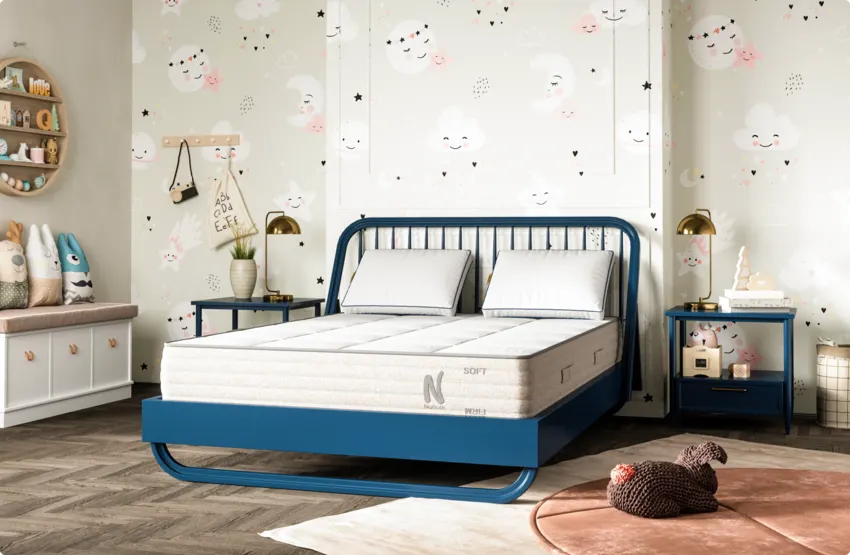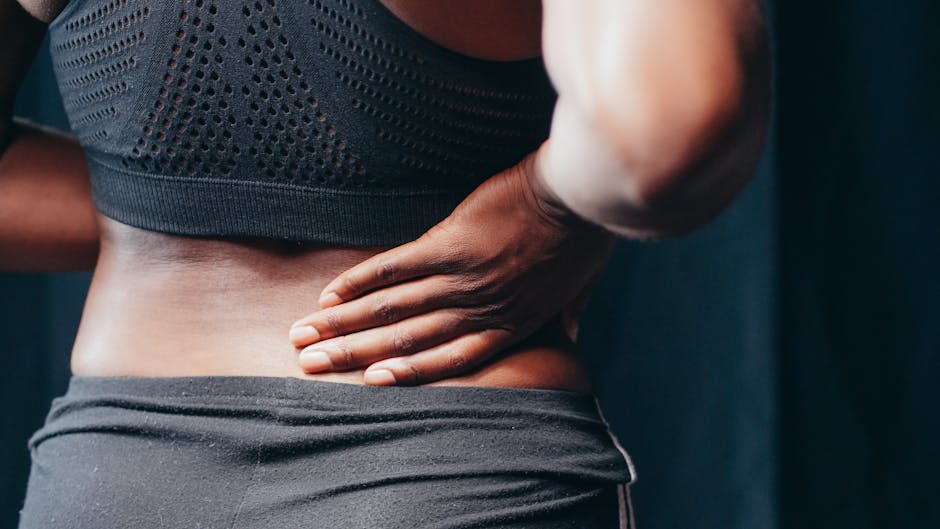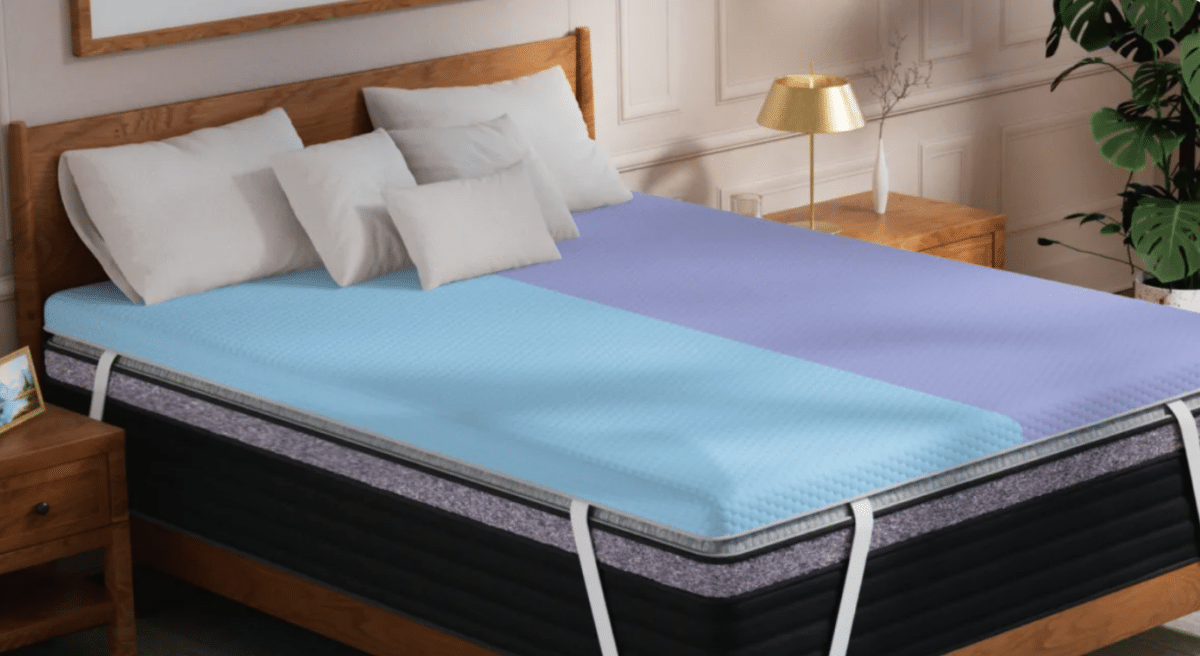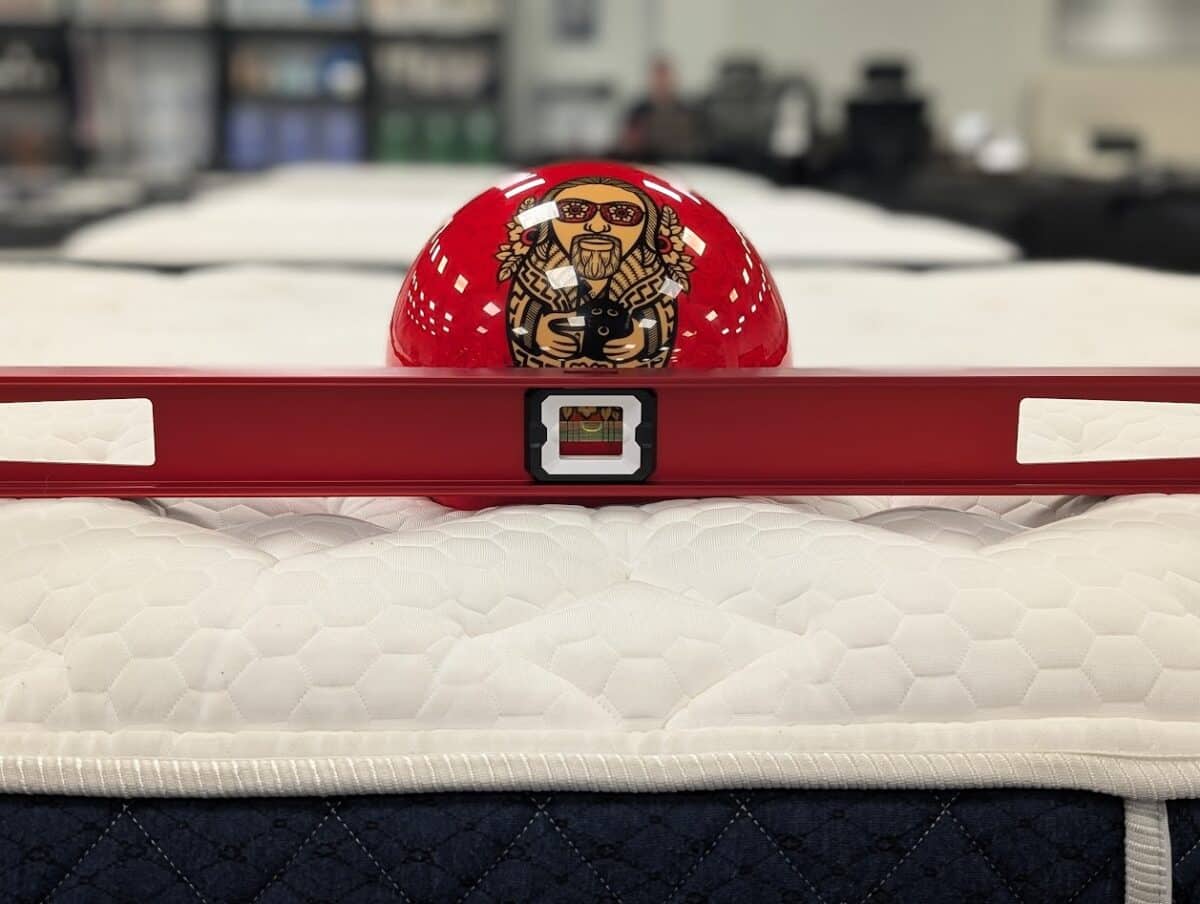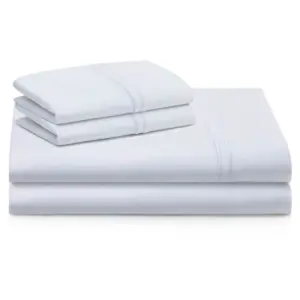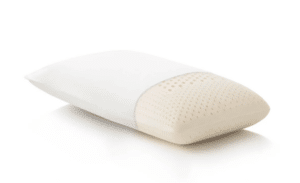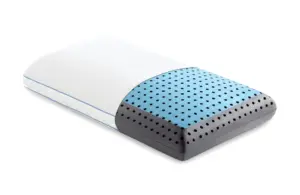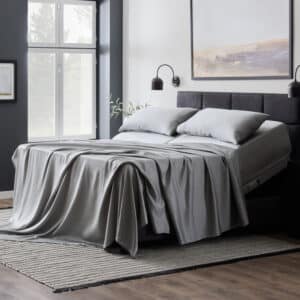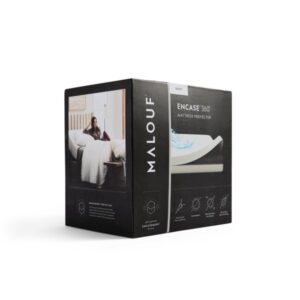The Evolution of Sleep: How Sleep Has Changed Through History
Sleep is as essential to human survival as breathing. Yet, despite its ubiquity, it is a fundamental aspect of our lives that we often take for granted. Every living being, including humans, has specific sleep needs embedded in their biological rhythms. This fundamental requirement has persisted through time, but our sleep habits have evolved greatly over the centuries.
The Constant Need for Sleep Amid Changing Practices
From the dawn of human history, the necessity of rest has been a constant. Ancient humans, much like modern ones, required adequate sleep to thrive, but their sleep habits and patterns were vastly different. Charles Darwin suggested that sleep serves a vital purpose for all living organisms, primarily as a means to conserve energy and recuperate after a day of activity. Despite this universal need, many people view sleep as an inconvenience—an opportunity lost to accomplish tasks. In nature, taking a break to sleep exposes creatures to predators, yet it’s a behavior that even wild animals engage in.
Changes in Sleep Patterns Over the Years
Gone are the days of early bedtimes as dictated by the setting sun. Historically, people often retired to bed around sunset, especially during the 16th and 17th centuries when candles were the primary source of light. Without electricity, there was little else to do after dark, and sleep became an energy-saving solution. This dynamic shifted radically with the advent of electric light. Suddenly, people could engage in various activities late into the night, pushing their sleep habits later and altering dinner times accordingly.
The Evolution of Beds and Sleeping Arrangements
Over the centuries, the way we sleep has evolved dramatically. From the crude sleeping arrangements of early humans to the ornate beds of the Egyptians and Romans, sleeping conditions have transformed alongside cultural advancements. Early humans likely slept on beds of grass, curled up in fetal positions, while ancient civilizations gradually built homes featuring designated sleeping areas. Egyptians revered sleep, equating it to death, whereas the Romans opted for compact bedrooms and simple beds.
During the Middle Ages, families shared a single large bed for warmth. Decorative bed frames began to emerge, especially in China, marking a shift toward more sophisticated sleeping accommodations. The Industrial Revolution heralded further transformation; as electric light became commonplace, people began to embrace later sleep schedules and dedicated sleeping spaces.
19th and 20th Century Innovations
The introduction of metal bed springs in the 19th century marked another significant milestone. By the late 1800s, innovations such as waterbeds and Murphy beds entered the market. As memory foam gained affordability towards the end of the 20th century, it revolutionized how we think about and engage in sleep.
21st Century: An Industry of Sleep
Today, sleep has become a multi-billion-dollar industry, offering an array of products and technologies designed to enhance the sleep habit. Despite these advancements, technology often plays a dual role, with devices like smartphones and laptops being significant contributors to sleep deprivation.
Sleep Habits: Then vs. Now
The comparison of sleep practices from centuries past to the present reveals striking contrasts. In early civilizations, individuals crafted custom beds suited to personal preferences. Today, beds adhere to standard sizes with customized mattresses. During earlier times, people practiced biphasic sleep, resting in two segments with a break in between, often engaging in social activities during that downtime. However, modern life has largely shifted toward monophasic sleep, where individuals aim for long, uninterrupted periods of rest.
The Importance of Sleep
While we often see sleep as a time of inactivity, it’s vital for rejuvenation and development. During sleep, our bodies undergo essential processes that prepare us for the coming day. Adequate slumber is crucial for:
– Learning and Memory: Sleep helps consolidate new information and improves cognitive function.
– Mood Regulation: A good night’s sleep can substantially elevate one’s emotional well-being.
– Appetite Control: Lack of sleep is linked to increased cravings and unhealthy eating.
– Immune Function: Sleep is integral in maintaining overall health and fighting off illness.
– Heart Health: Quality sleep contributes to cardiovascular wellness.
– Stress Management: Proper rest helps mitigate stress levels.
The Benefits of Napping
Contrary to the notion that sleep is merely a luxury, naps can offer substantial benefits. Short naps boost alertness and performance, and some cultures have embraced this practice as a daily norm. Napping has recently gained traction in workplaces, with employers recognizing its advantages for productivity.
When napping, setting an alarm to ensure you wake up after completing a sleep cycle is essential. Finding a quiet, dark space enhances the restorative effects of a nap, ensuring you wake up refreshed and ready to tackle the day.
Conclusion
The journey of sleep through history illustrates the profound changes in our sleep habits driven by cultural, technological, and environmental factors. While our understanding of sleep continues to evolve, the intrinsic need for rest remains unchanged. Prioritizing quality sleep is crucial for thriving in today’s fast-paced world, making awareness of our sleep habits more important than ever. Embrace the past to improve your future rest, ensuring sleep is an integral part of a healthy lifestyle.



